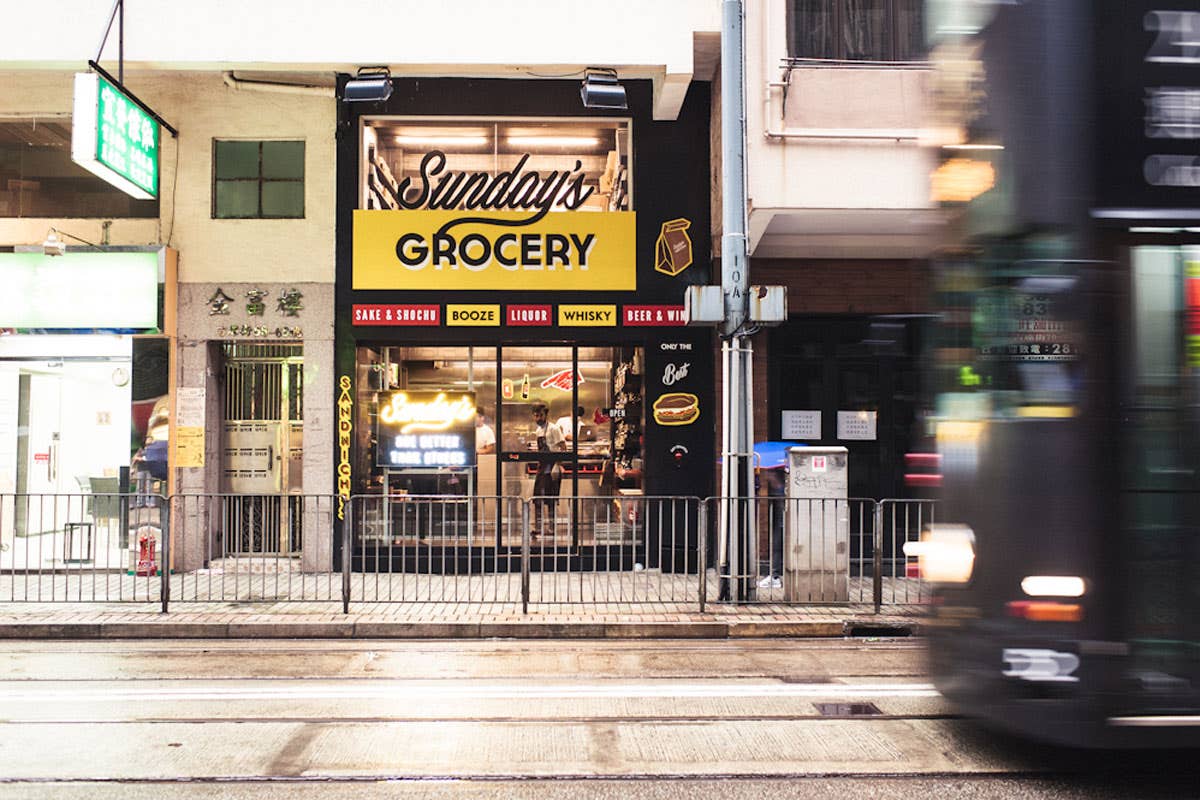
The Best Spots Around the World to Experience Food (Without Eating It)
Hunting for the best restaurants while traveling is a given, but I also make a point to seek out little pockets of food-related art and culture when I'm exploring a new place. In fact, some of my favorite food experiences haven't involved eating at all: One of the most memorable lunches I've had was simply observing young Thai monks eat their midday meal, of which they shared several bites with a monastery cat. On your future travels, broaden your definition of food lover a bit, and seek out these food-related art and historical destinations.







Keep Reading
Continue to Next Story










